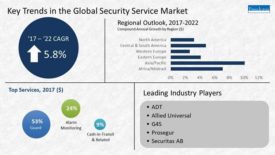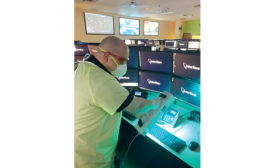Home » monitoring
Articles Tagged with ''monitoring''
SDM VIDEO MONITORING TODAY EXCLUSIVE
Video Monitoring & COVID-19
While the coronavirus and resulting economic impacts have brought their share of challenges to the security industry, the video monitoring space has been in a prime position to help customers — and grow business.
July 3, 2020
SDM EXCLUSIVE
State of the Market: Security, Monitoring & Smart Home
After a year of growth, alarm companies prepare to weather a world of unknowns.
June 1, 2020
Be in the forefront of security intelligence when you receive SDM.
Join over 10,000+ professionals when you subscribe today.
SIGN UP TODAY!Copyright ©2024. All Rights Reserved BNP Media.
Design, CMS, Hosting & Web Development :: ePublishing











